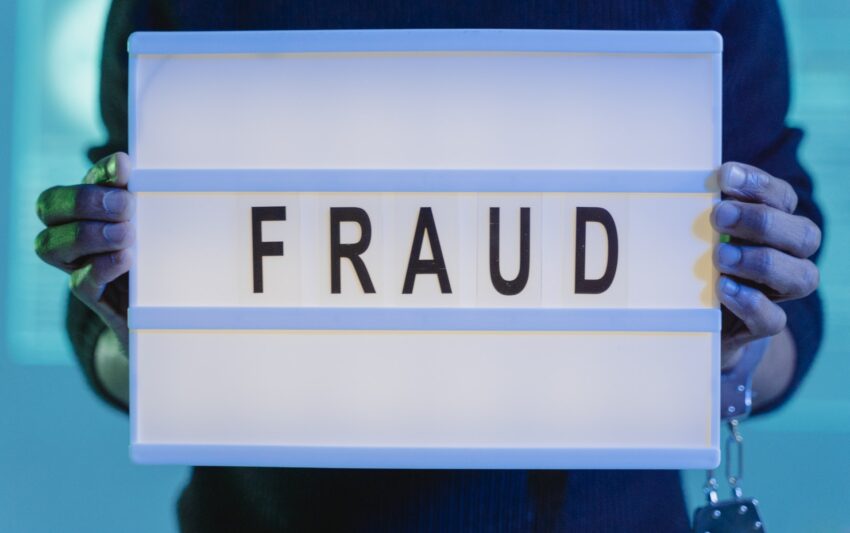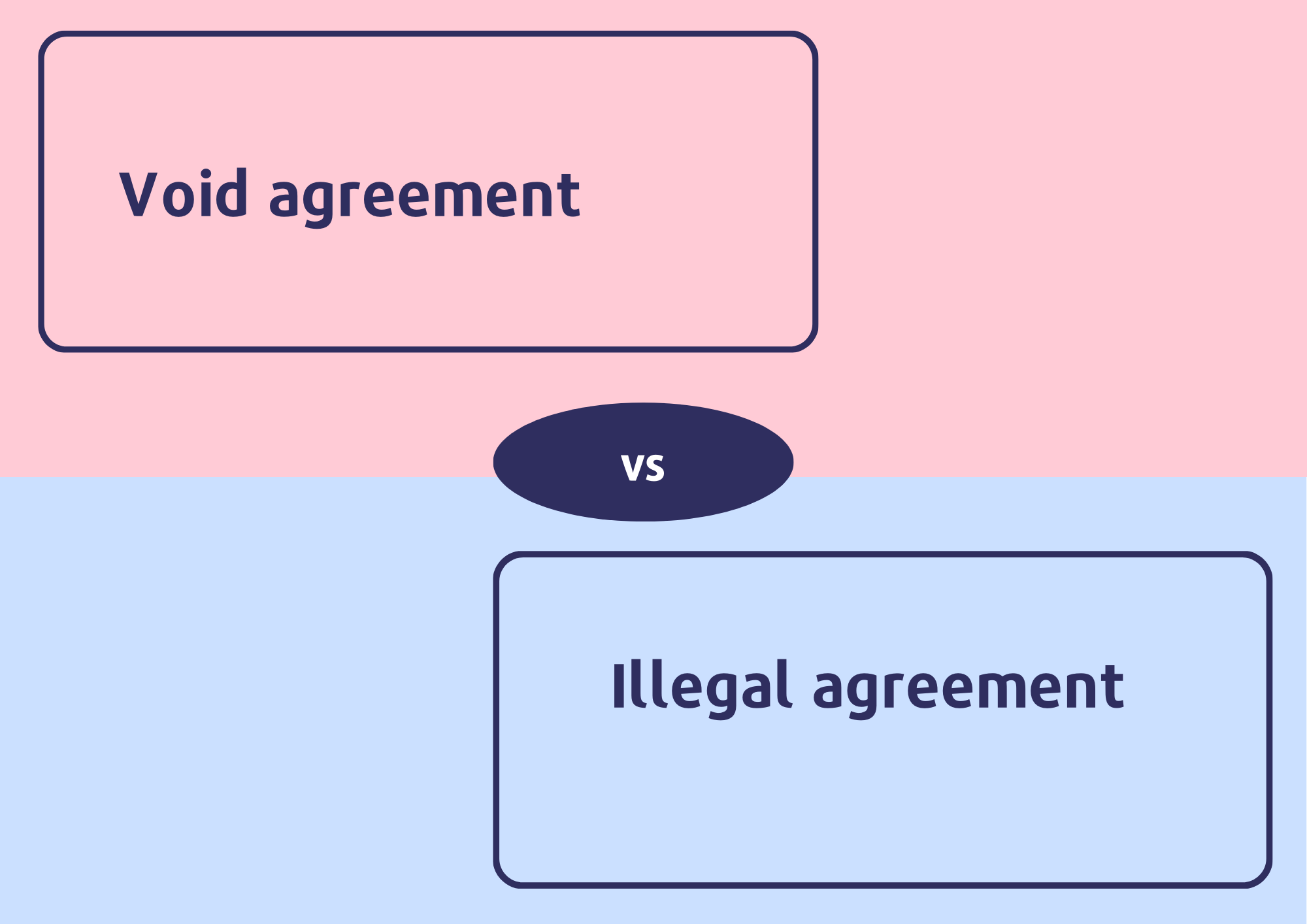
Introduction
Before entering the contract, you should know the difference between fraud and misrepresentation. Nowadays, it is the time when a contract has been a vital part of the business. Misrepresentation and fraud become significant for corporate transactions. Fraud and misrepresentation for risk and risk related to an agreement bring financial losses for individuals and corporations, raising the risk of the joint venture. As a result, fraud in contract law and misrepresentation become vital to maintaining equity and lowering the risk related to the contracts between enterprises and the people.
The difference between fraud and misrepresentation becomes a vital query that arises in one’s mind when understanding the concept. Fraud represents the intentional concealment of material action, and the misrepresentation comes with a right representation that is the false idea.
The former is a factual statement processed by one party, and it can be a real one. The latter becomes an incorrect statement made by the one party, which takes responsibility for the other party just to enter into the contract. According to the case of Dularia Devi v. Janardhan Singh, during a distinction between the two, there must be a clear distinction for an agreement in case of fraud and misrepresentation, like the character of the document. Here the former becomes a void transaction, and the latter is avoidable. So before you come to do a difference, you should know the details of the fraud.
What is fraud?
Under section 17 of the Indian Contact Act, 1872, fraud comes with the meaning of dishonestly making a false representation which gains or the cause for the loss. The term ‘fraud’ includes all kinds of activities done by a person to deceive another person. In the case of Bhaurao Dagdu Paralkar V. the state of Maharashtra in the year 2005, the Supreme Court comes to define fraud that has the aim to deceive and it has no connection to the intention originating from an expectation of personal gain for one party or the ill feelings towards another one. Generally, Fraud has two different components and acts to harm or deceit the person who was deceived.
U/S 17, fraud comes to be active when one party comes at a point to another party agreeing on the following.
- When one party comes to be pretended with a false fact to be true.
- The party tries to hide information actively even if he or she has complete knowledge of it.
- The party goes for making a promise that still tells nothing intention of performing it.
- He or she is engaged in other similar activity that shows the purpose for defrauding.
- Any such act or omission done by the party which goes for omission and the law declares to be fraudulent.
- The party goes for pretending for a false fact to be true.
According to U/S 17(1), Fraud should require the statement made with the knowledge of its dishonesty and even without any belief in its veracity by the individual. That means when a material turns out to be false, and even a representor’s willing ignorance of the true fact or any false is concerned according to the knowledge of the party. This rule can go for the case where the representor has a reason that has to believe his statement to be true without its confirmation.
In the case of The Division Controller v Kashinath Jairam Rahate (1997), an employee of Maharashtra State Road Transport Corporation, while joining the service, declared that his date of birth is 22-5-1929. Still, he did not give any proof to prove this fact. The Corporation on its own found from his school leaving certificate that his date of birth is 15-2-1923 and after that Corporation superannuated him from service. The employee claimed before the Labour Court that he was entitled to gratuity in the superannuated period. The Court held that he was not entitled to claim gratuity for the said period on account of his dishonest act. You should have an idea about misrepresentation while you will find out the difference between fraud and misrepresentation.
What is misrepresentation?
A misrepresentation becomes a false statement of material fact done by one party, which affects the other the decision of another party just to make a contract. There must be terms and conditions, and according to that, if the misrepresentation goes as recognized, the contract might be void and voidable.
Under section 18 of the Indian Contract Act, defines misrepresentation focuses a negligence just disclosing a material fact that does not have the other’s party knowledge or making an innocently false statement. In the case of Buddhist Mission Dental Collage and Hospital Vs Bhupesh Khurana (2009), a dental college that was neither affiliated with the university nor the dental college of India but was affiliated by the DCI. According to the supreme court, It was a misrepresentation on the part of the college and even tantamount to an unaffair trade practice under the trade practice the Competition Act, 2022. Misrepresentation will help you to know the difference between fraud and misrepresentation.
Knowing the concept of Misrepresentation in contract law is important for businesses dealing with huge contact with frequency. It is the ultimate way to ensure equality and diminish the risk of entering into agreements between businesses and individuals.
Types of misrepresentation
To understand the difference between fraud and misrepresentation, you should follow the details given below:
Negligent misrepresentation –
A statement processed by a contracting party to another with negligence or reasons for inducing another party to enter into contact to ensure reasonable care for any representation of the fact which leads to other parties entering into the contract.
Innocent misrepresentation –
A misrepresentation done completely without any fault issue. In innocent misrepresentation, the misrepresentation has induced a party into a contract that goes for good, but the person with a misrepresentation becomes an induced party. In the case of Ram Chandra Singh v. Savithri Devi (2003), according to the Supreme Court, it is well-established that misrepresentation is surely fraud, and innocent misrepresentation may also provide a reason to claim ultimate relief from fraud.
Essential of Misrepresentation
- The misrepresentation must go for material facts. The requirement with false statements comes with actual, and the material fact becomes a crucial ad necessary component of misrepresentation.
- The misrepresentation must go untrue, but the person comes to believe honestly that it is hundred percent true.
- The false statements should persuade the other party entering into a contract because of accuracy.
- It is mandatory for one party to make a false statement for the person being deceived for receiving. It is not a misrepresentation, and the contract misleads by the party’s discretion.
- A change in circumstances will constitute misrepresentation. Sometimes, a factual statement comes to be made, and even before the contract is completed, the situation changes. In that case, The contract might be void if the changes do not inform the opposite party.
Inducing mistakes in misrepresentation
Inducing mistakes related to the subject matter gets in touch with involvement mistakes of fact, and this situation comes to happen when both parties are ready to misunderstand one to another, keeping them at a junction. Such an illegal act becomes a cause for a fault in understanding and even ignorance. But a mistake does not go for deliberate it is an innocent commanding. The most important thing is that these mistakes can go with the name of unilateral or bilateral.
Unilateral Mistake
A unilateral mistake comes when a person for a contract is in a mistake. In that case, the contract does not come as void. So, section 22 of the Act suggests that simply as one party comes under a fault of the fact that goes for a valid contract. However, there must be some limitations.
So, before you come to proceed, take a step to know the difference between fraud and misrepresentation.
Reference
(1) Dularia Devi v. Janardhan Singh
(2) Section 17 of the Indian Contact Act, 1872
(3) Bhaurao Dagdu Paralkar V. the state of Maharashtra
(4) The Division Controller v Kashinath Jairam Rahate (1997)
(5) Section 18 of the Indian Contract Act
(6) Buddhist Mission Dental Collage and Hospital Vs Bhupesh Khurana (2009)
(7) Ram Chandra Singh v. Savithri Devi (2003)


